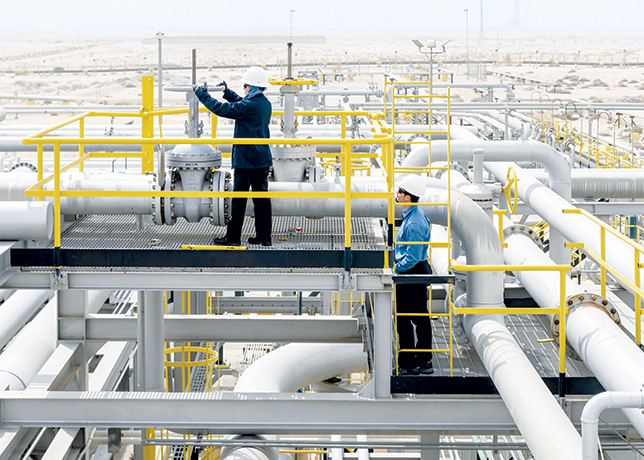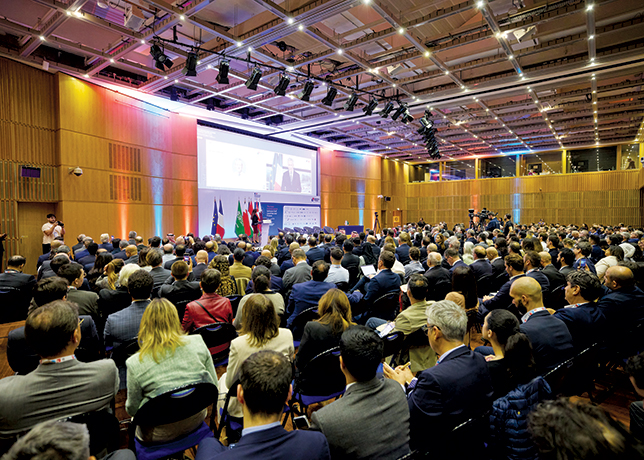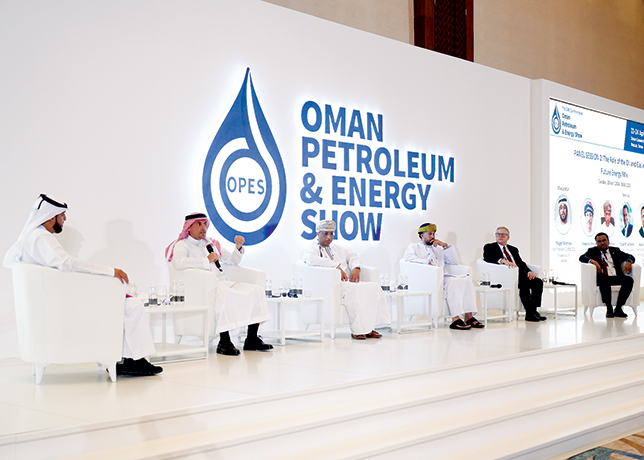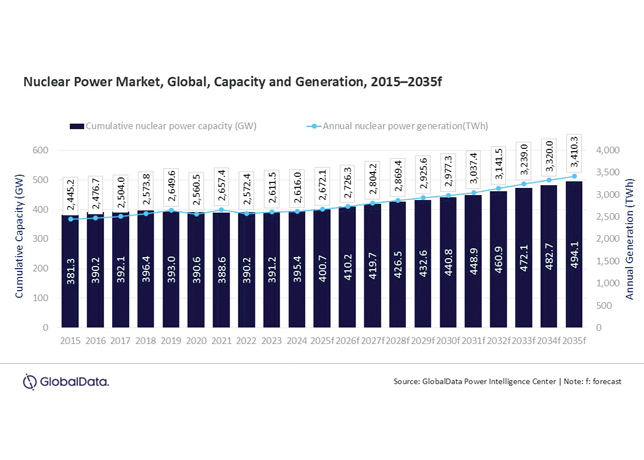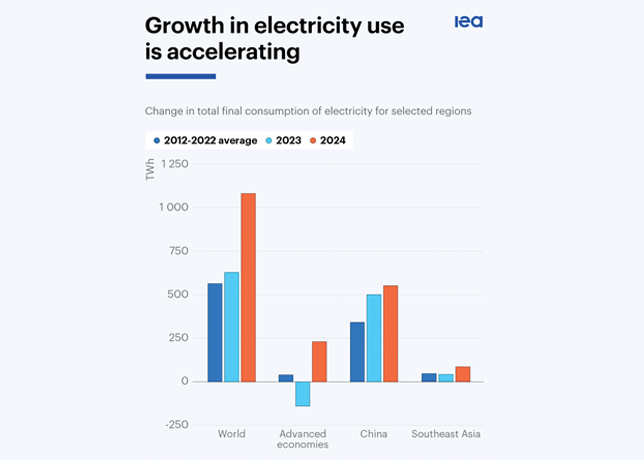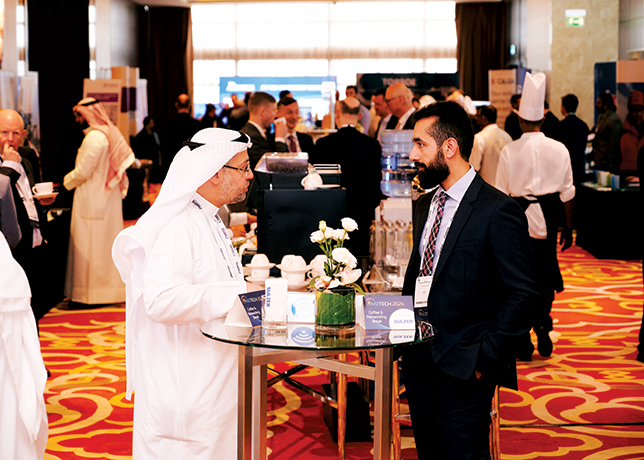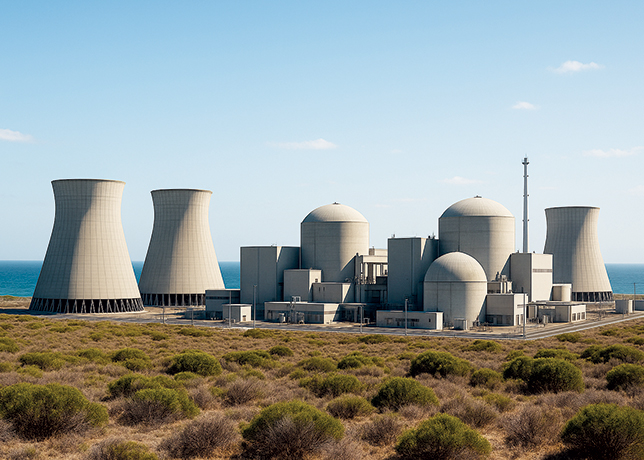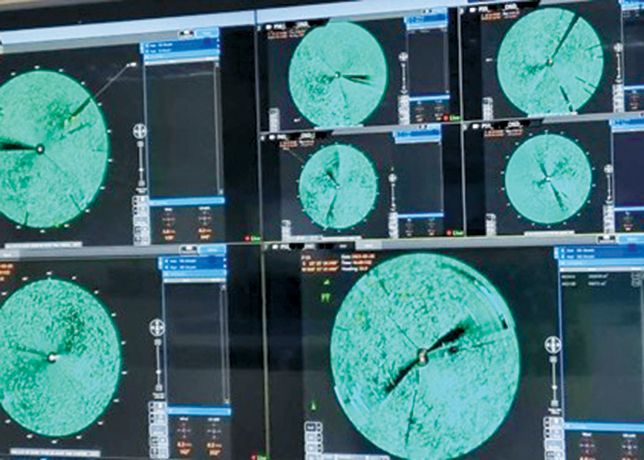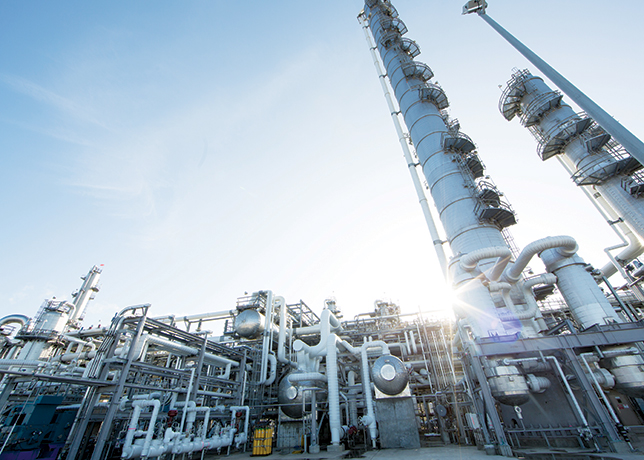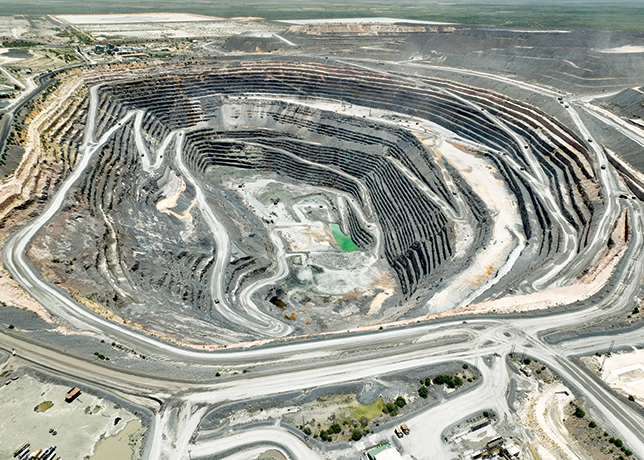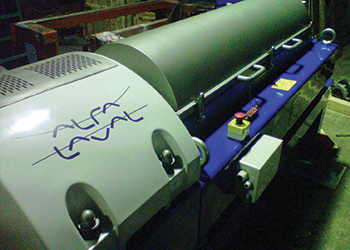
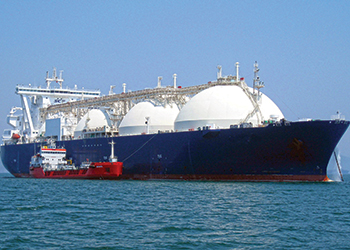 Crude oil tanker supply growth is set to increase
Crude oil tanker supply growth is set to increase
As of now, the product tanker order book stands 14 per cent higher as compared to three months ago, and 2016 looks heavy with orders with many already piling up for 2017, says Bimco in its latest outlook
In 2015, the strong earnings in the tanker market continue, making tankers the best shipping segment for the moment, says the latest market outlook by Bimco which expects earnings for crude oil tankers to remain strong and at around the current level.
DEMAND
Earnings for both crude oil and oil product tankers continues to go from strength to strength. Overall, the lower crude oil prices are supporting refinery margins. This accelerates crude oil throughput and increases demand for transportation of feedstock to the refineries as well as transportation of the refined oil products thereafter.
For the product tankers, all trades are performing well for the moment, a combination of healthy demand due to pricing issues and higher refinery throughput. Additionally, longer hauls and fewer triangulation options (that is – few clear backhaul routes to reduce ballasting) means more ships are required to lift the same amount of cargo. All of that contributes to holding up the freight rates.
For the product tankers, Q1-2015 was the best quarter since Q4-2008. On average, product tanker rates went up by 73 per cent as compared to Q1-2014. Even though the winter market 2013/14 returned the best rates since 2008, the market also proved prone to seasonal changes as they dropped like a stone in February 2014.
In 2015, the strong earnings continue, making tankers the best shipping segment for the moment. Only Handysize product tankers have seen some weakness during May, with a monthly average of $15,916 per day (mid-range or MR at $21,244 per day). Meanwhile, all of the crude oil tanker segments enjoyed positive volatility in mid-May and managed earnings between $35,926 per day for Aframaxes and $59,598 per day for VLCCs.
In April, China overtook the US as the world’s biggest crude oil importer. Import equalling to 7.4 milliond of barrels per day (mbpd) went to China while the US imported only 7.2 mbpd. US imports peaked at 10.1 mbpd in 2005 and the shale oil production growth since then seems to have changed the trend for good. For China, the growing imports started in 2002 and despite strong growth rates coming off somewhat, imports are still rising. With the number of new refineries coming on stream this year and next year in China, the position as the world’s biggest crude oil importer seems to remain with China for the near future.
SUPPLY
The product tanker fleet is developing very steadily and along forecasted lines. Annual supply growth for 2015 is estimated at 5 per cent. By mid-May, the product tanker fleet had grown by 2.1 per cent (2.75 million dead weight tonne or dwt). This is primarily due to 13 long-range oil tanker 2 (LR2s) and 36 new MRs being delivered.
With regards to the supply pressure on MRs (40-60k dwt) in 2015 – it is significant. With 90 units still scheduled for delivery during the rest of the year. Nevertheless, when cancellations and slippage has taken its toll, Bimco expects an additional 57 (out of the 90 scheduled) to hit the water before year-end. In 2014, 79 units of this were delivered. A total of 201 units are on order currently, while the fleet comprises 1,289 units of that size.
The low supply growth over the past years in larger crude oil segments, has been vital to bring around the currently strong market. Fleet growth so far in 2015 for VLCC: 0.5 per cent, Suezmax: 1.5 per cent and Aframax: 0.2 per cent. For the full year of 2015, Bimco expects the entire crude oil tanker fleet to grow by 2.5 per cent up from 0.9 per cent in 2014 – with 2016 currently set for 4 per cent.
With freight markets on fire – the tanker segments stand out as being the place where most newbuilding orders are currently placed. This in turn, will naturally contribute to an increased supply growth in coming years. 2016 looks heavy with orders and many already piling up for 2017. Right now, the product tanker order book stands 14 per cent higher as compared to three months ago. More or less exclusively orders are done for LR2 and LR1, with only one new MR order seen.
A strong relationship between earnings and demolition sales has been visible over the past decade for oil tankers. During 2004-2008, annual earnings averaged at $39,412 per day, while total tanker demolition (crude and oil products combined) had an annual average of 4.5 million dwt. From 2009-2013 the annual averages were $13,093 per day and 10.7 million dwt.
OUTLOOK
For crude oil tankers, the very slow growing supply side is key to its current success and high freight rates. Global oil demand for Q2 is the weak point for 2015 as a whole. However, demand is forecasted by OECD/IEA to reach the highest level ever at 94.07 mbpd in Q3 with Q4 aiming even higher for 94.78 mbpd. those numbers has been significantly adjusted upwards in recent months. All of this could contribute to a final round of fireworks, before the tide turns for the supply side in 2016.
As it goes for crude oil tanker supply growth for the rest of 2015, the pace is set to increase slightly as only 1/3 of Bimcos’ forecasted 14.5 million dwt has been delivered. The opposite is likely to happen for the product tankers, which has seen 46 per cent of the expected full year deliveries already being afloat.
Contracting now affects the future. Out of 12.4 million dwt ordered so far in 2015, 38 per cent are due for delivery in 2016, 51 per cent for 2017 and the rest scheduled for 2018. In the crude oil tanker segments most interest is seen for Aframax (28 units) followed by Suezmax (19 units) with only 17 VLCC orders completed so far.
The freight market strength is not seen to abate significantly during the summer in the northern hemisphere. It is responding positively both to a lower oil price and more volatility than we have seen over the past years.
In the coming months June-August, Bimco expects earnings for crude oil tankers to remain strong and at around the current level. As pointed out for some time now, the supply side is what primarily buoys the freight rates this year, with support coming from the lower oil prices too.
In the product tanker segments, Bimco finds the current strength to be a positive surprise. Freight rates are unusually high for this time of the year. Moving forward the positive demand factors does not seem to dissipate as we move into Q3, but a temporary weakness could hit product tanker demand making freight rates soften somewhat. As the supply side keeps getting stronger throughout the year, Bimco sees more downside than upside risks.






